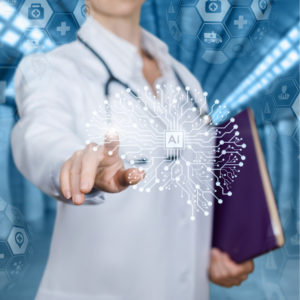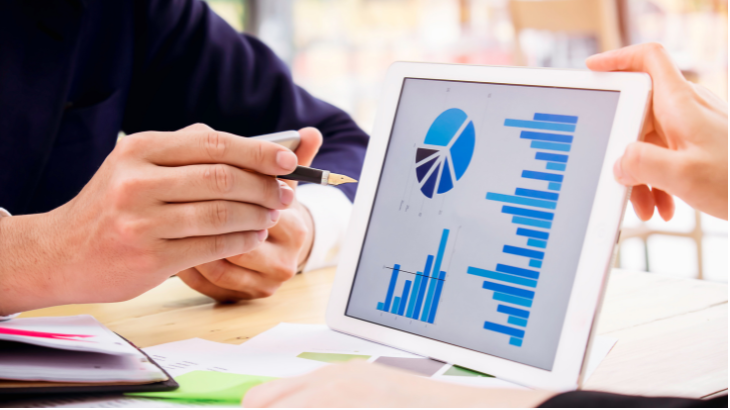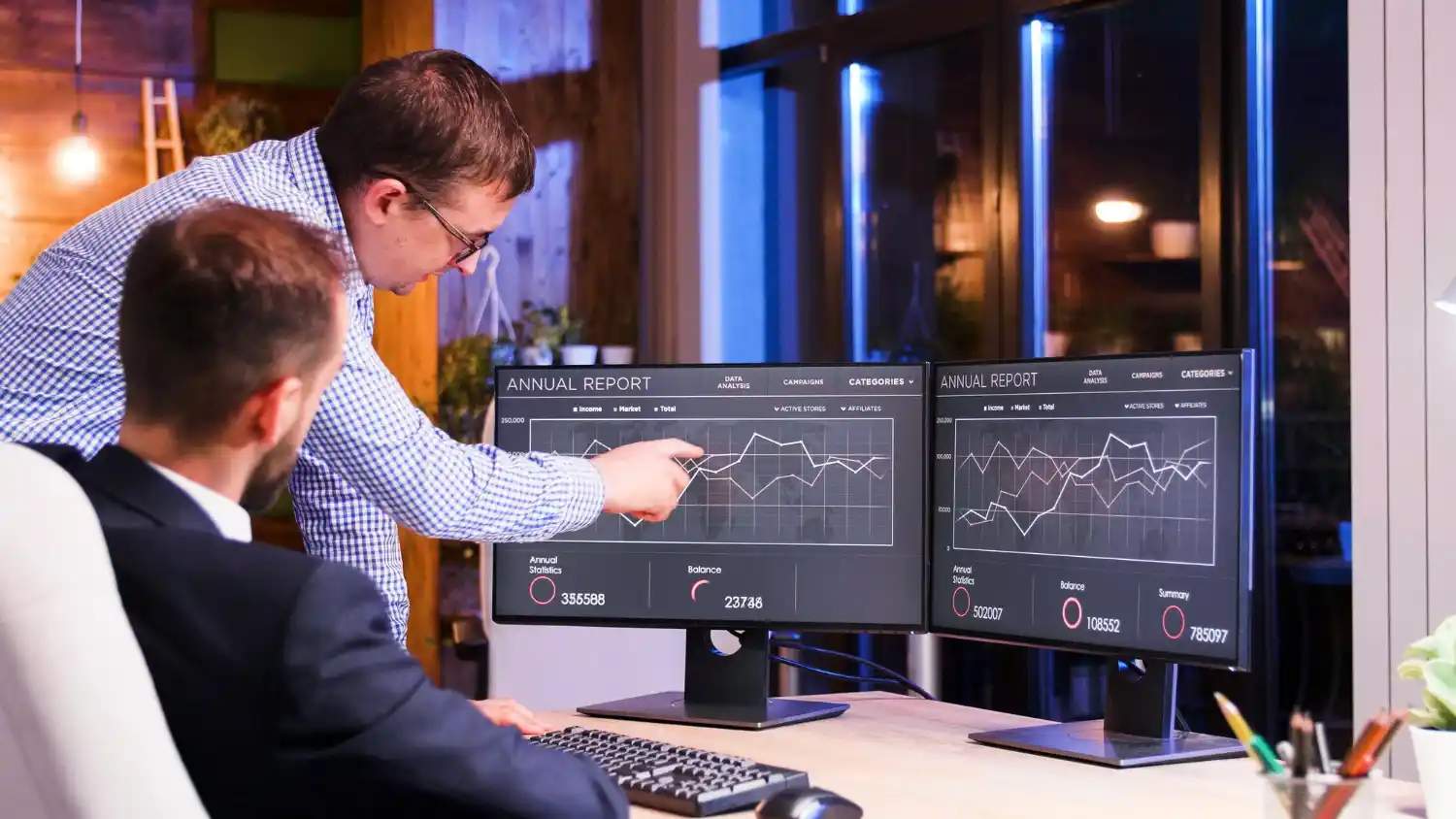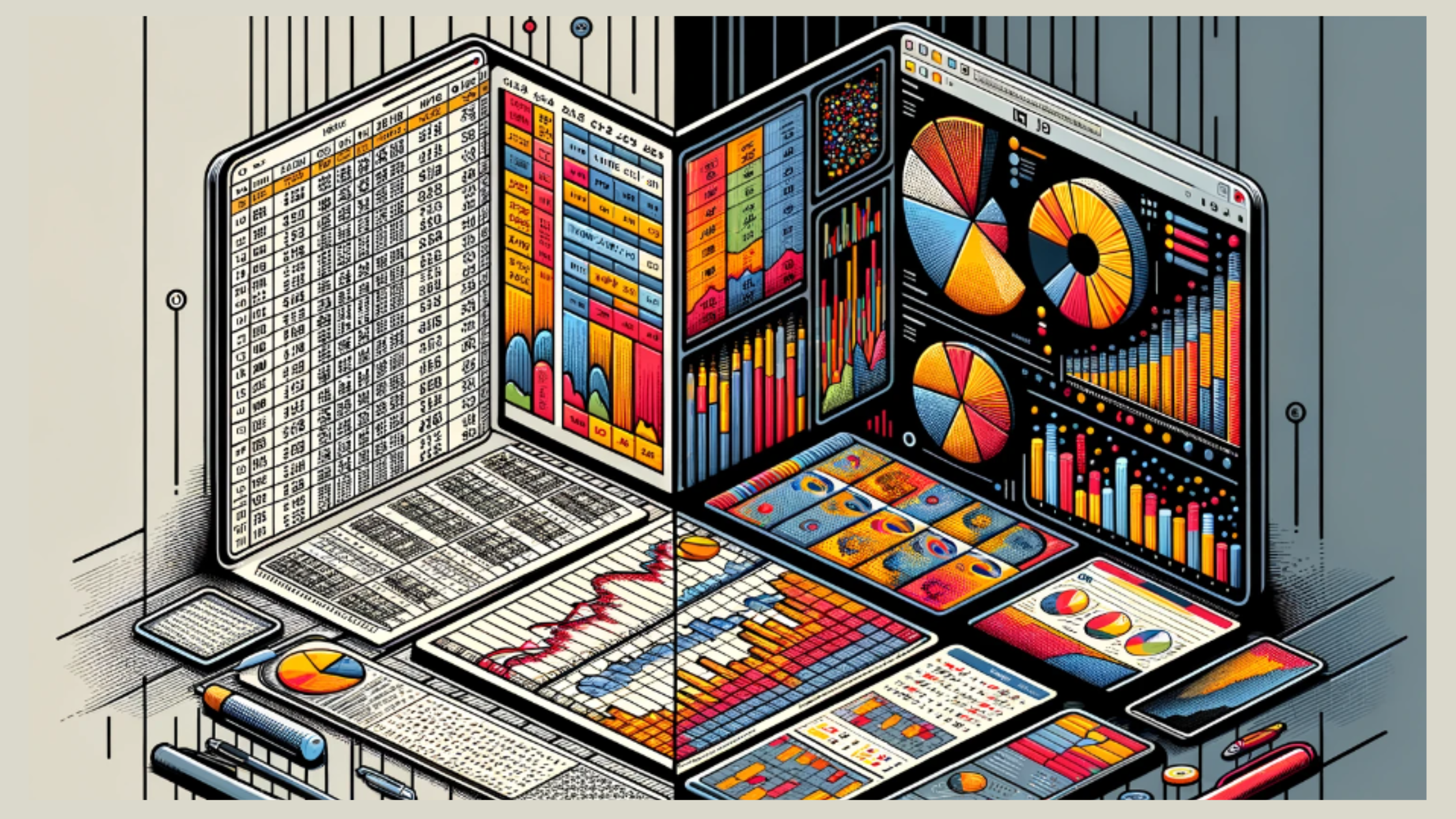In the ever-evolving landscape of healthcare, the need for exceptional patient care has never been more critical. Multispecialty hospitals, in particular, face distinct challenges in managing patient experiences. Real-time healthcare analytics has emerged as a game-changing tool, enabling these institutions to transform patient care and achieve superior outcomes.

Understanding Real-Time Healthcare Analytics
Real-time healthcare analytics involves the instant processing and analysis of health data as it is generated. This includes the continuous monitoring of patient vitals, lab results, and treatment progress. The primary objective is to provide healthcare providers with actionable insights that allow for immediate, informed decision-making, ultimately enhancing patient care.
Enhancing Patient Experience Through Real-Time Healthcare Analytics
Personalized Care:
With real-time data, healthcare providers can deliver customized care tailored to each patient’s current condition. Continuous data analysis enables doctors to make immediate adjustments to treatment plans, ensuring that patients receive the most effective care at the right time.
Reducing Wait Times:
Long wait times are a significant source of frustration for patients. Real-time analytics streamlines hospital operations by optimizing resource allocation and scheduling, which greatly reduces the time patients spend waiting for services.
Improved Communication:
Effective communication is essential for a positive patient experience. Real-time analytics systems enhance this by providing up-to-date information, ensuring that patients and their families are consistently informed about treatment progress.
Proactive Health Monitoring:
Hospitals can now continuously monitor patients, even outside of traditional settings, using wearable devices and remote monitoring tools. This proactive approach allows healthcare providers to detect and address potential issues early, preventing complications.
Enhanced Decision-Making:
Access to real-time data gives clinicians a comprehensive understanding of each patient’s health status. This facilitates quicker, more accurate decision-making, leading to improved patient outcomes and a better overall experience.
The Role of Technology in Real-Time Healthcare Analytics
Technological advancements are the backbone of real-time healthcare analytics. Electronic Health Records (EHRs), Internet of Things (IoT) devices, and advanced analytics platforms empower hospitals to collect, analyze, and act on data instantly. These tools not only enhance patient outcomes but also significantly improve the efficiency of hospital operations.
Challenges and Considerations
While the benefits of real-time healthcare analytics are clear, there are challenges to consider. Data privacy and security are paramount, as sensitive patient information is constantly being processed. Hospitals must ensure that their analytics systems comply with stringent industry regulations to safeguard patient confidentiality.

The Future of Real-Time Healthcare Analytics
The future of healthcare is increasingly data-driven. As technology continues to evolve, real-time analytics will play an even more integral role in patient care. From AI-powered predictive analytics to fully integrated health information systems, the possibilities for innovation are vast.
Conclusion
Real-time healthcare analytics is not just a passing trend—it represents the future of patient care in hospitals. By leveraging the power of real-time data, hospitals can significantly enhance patient experiences, improve clinical outcomes, and streamline operations. As the healthcare industry embraces a data-driven approach, those who adopt these technologies will be at the forefront of transforming patient care.


